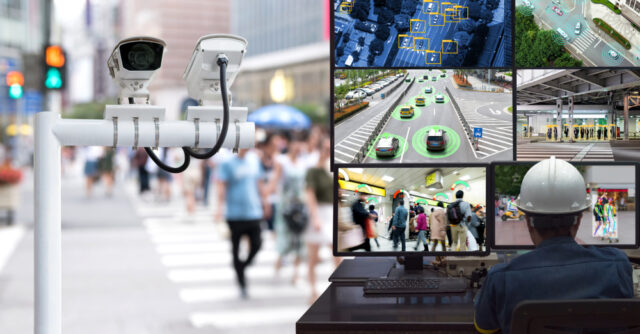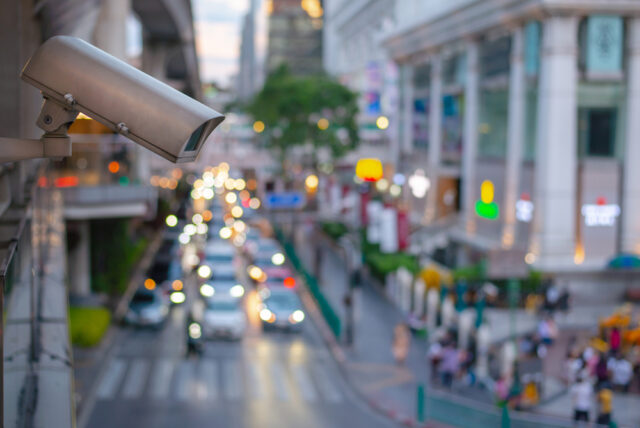
City video surveillance. Worldwide and Russian practice
City video surveillance. Worldwide and Russian practice
There is a lot of controversy around urban video surveillance. Some consider it a guarantee of a safe public life, while others believe it violates privacy rights. Let’s figure out together what message video surveillance carries and what a “smart” city is.
Why do we need a smart city system?
A smart city is a concept of using video surveillance with analytics to manage city infrastructures. Cameras are installed not only for recognizing the faces of citizens but city online video surveillance also works on a larger scale:
- detecting fires in buildings and notifying the appropriate rescue service;
- surveillance in crowded places, identification of damaging incidents, and automatic transmission of a signal to the necessary services (police, ambulance, emergency assistance, etc.);
- general airport security;
- control of students during final exams (an effective method of suppressing attempts by dummies to pass exams);
- observation of patients;
- search for missing people and hiding criminals;
- control of inputs and outputs;
- security control in shopping centers, etc.
The system of a “smart” city with its all-seeing eye is not aimed at controlling the private life of citizens but to ensure safety in the city.
Worldwide practice and Russian practice. Common features and differences
The paths and speed of development of Russia and the rest of the world often diverge. While public monitoring in the Russian Federation is poorly regulated by law, in Europe and America, there are specific regulations and rules.
For example, in Russia, you can easily install an outdoor camera. You just need to hang up an information board, and that’s it. But in other countries everything is different. Somewhere roads, somewhere private territory, etc., can’t be monitored.
In the Russian Federation, the installation of urban CCTV cameras is poorly regulated. The main thing is that there are notifying signs, and you do not record citizens’ private lives without their permission.
How do cameras help the city?
From the above possibilities of urban video surveillance via the Internet, we can conclude: “smart” cameras facilitate people’s work, but in no case take it away because a firefighter or an ambulance doctor cannot be removed from the system.
But some functions can be easily delegated to cameras. For example:
- traffic control;
- monitoring the level of precipitation in the city and timely notification of the need for special equipment;
- control over the work of communal services;
- monitoring the operation of grocery stores, etc.
Cameras with video analytics are used everywhere because their capabilities cover almost all requests for the safety of people.
Cons of urban video surveillance
Each phenomenon has its own pros and cons. The disadvantages of video surveillance in the city include:
- weak level of analytics development. In Russia, technologies are still far from ideal. Video analytics today can work in small stores, but there are not enough resources to monitor the city;
- loss of privacy in the city. This is unpleasant, even even though analytics can identify wanted criminals and missing people in society.
The first minus of urban surveillance will eventually be resolved. But about the second one opinions are controversial. Returning privacy will take time and a leap in IT technology.
Conclusion
Video surveillance in the city is on guard of order. Monitoring actively assists in infrastructure management and crime prevention. Russian surveillance systems still have a lot to develop and grow, especially the laws governing this issue.














